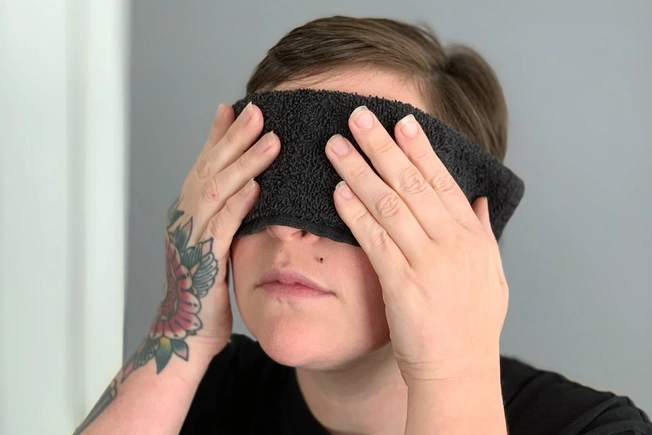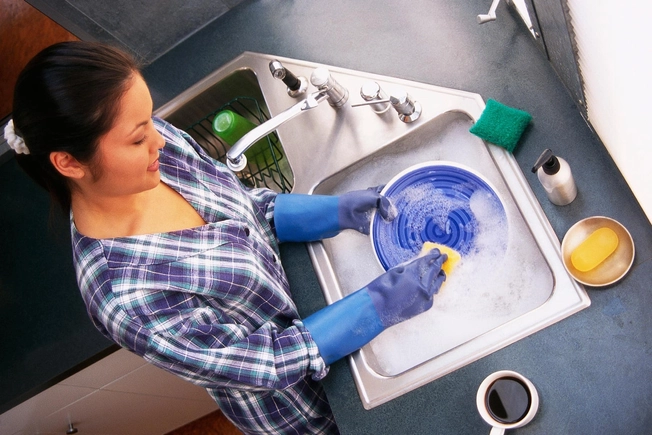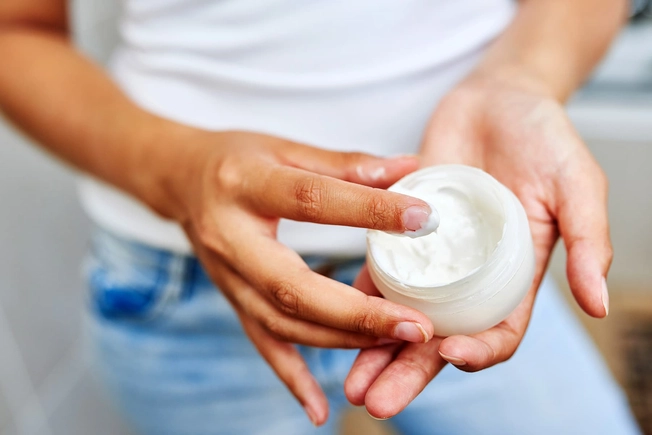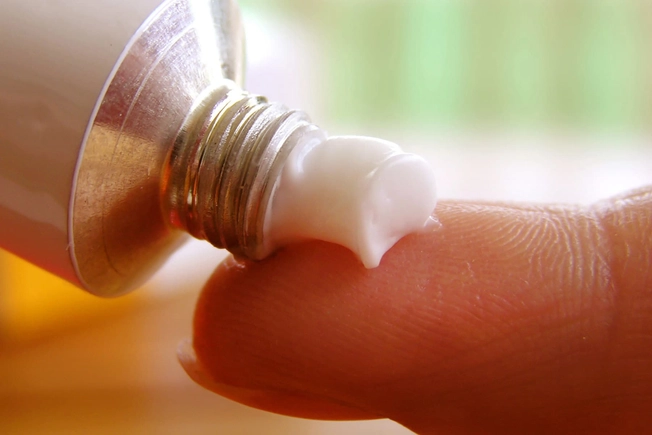- Overview
- Symptoms
- Causes & Risks
- Types of Eczema
- Locations on the Body
- Tests & Diagnosis
- Treatment
- Complications
- Living With
- View Full Guide
Support and Advice for Living With Atopic Dermatitis


Let the Seasons Be Your Guide
Everyone’s atopic dermatitis is different. I have patients who flare in the winter due to dry indoor air and others who get worse in the summer because of outdoor allergens like grasses and trees. Treatment differs by the season: In winter, cut back on long, hot showers, which can be drying. But in the summer, you may need to shower as soon as you come in from outside, to wash off pollen and other allergens.
-- Amy Kassouf, MD, dermatologist at the Cleveland Clinic

Try a Black Tea Soak
My new favorite recommendation is black tea compresses. Brew a tea bag for 10 minutes with a cup of boiling tap water, throw it out, and make a weaker cup with the same tea bag. Allow it to cool to room temperature and then apply for 20 minutes to your face with a soft cloth. One study found that when patients did this five times a day for 6 days, they saw big improvements in their facial atopic dermatitis.
-- Peter Lio, MD, clinical assistant professor of dermatology and pediatrics at Northwestern University’s Feinberg School of Medicine in Chicago

Know Your Triggers
The worst thing about atopic dermatitis is how unpredictable it is: It can move all over your body, from the feet to the back of your knees to your hands. The one way I’ve been able to control it is to figure out what my triggers are. I wear simple, breathable fabrics like cotton rather than wool or polyester. I put on gloves any time I wash dishes or clean my house, to avoid direct contact with certain chemicals. I limit my exposure to hot water. During hay fever season, I always take an over-the-counter (OTC) antihistamine. These steps all have limited flares and allowed me to prevent my AD from erupting.
-- Carol Guernsey, patient and advocate, Fairfield, CT

Pick the Right OTC Creams
People with atopic dermatitis are prone to getting staph bacteria on their skin, which aggravates the condition. I recommend my patients use Gladskin eczema cream, which is OTC. It works to add good bacteria back into your skin to restore its microbiome. You can use it as many times a day as you need because it doesn’t contain ingredients like steroids that can thin the skin.
-- Debra Jaliman, MD, assistant professor of dermatology at the Mount Sinai School of Medicine in New York City and author of Skin Rules

Beef Up Your Skin Barrier
When it comes to atopic dermatitis, moisturizer is king. People with AD have a dysfunctional skin barrier that lets in things that irritate skin and lets water out. You want to do everything possible to reinforce that barrier. As soon as you get out of the shower or bath, apply any topical prescription drugs and then a thick moisturizer to lock all that medicine and moisture in.
-- Danielle Baruch, MD, dermatologist at Mercy Medical Center in Baltimore

Keep It in Perspective
I’ve never been self-conscious about my atopic dermatitis. I was always the kid who was teased for it, but I would remind myself that there are plenty of health conditions far worse out there. We know what causes AD and have good treatments for it. Sure, there’s no one-size-fits-all approach, but eventually, you’ll find one that works for you.
-- Ryan Hayes, patient and advocate, Orlando, FL